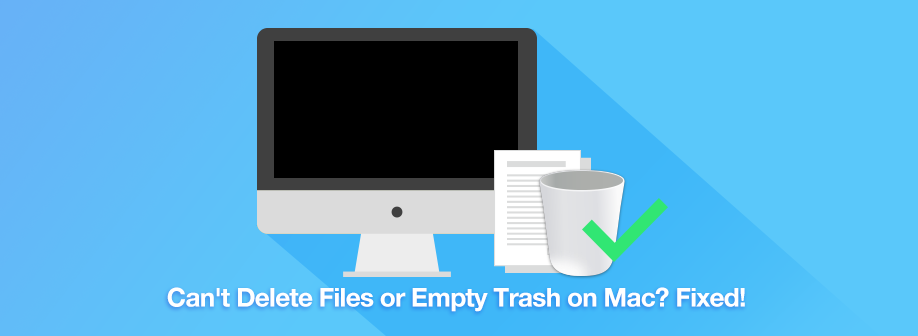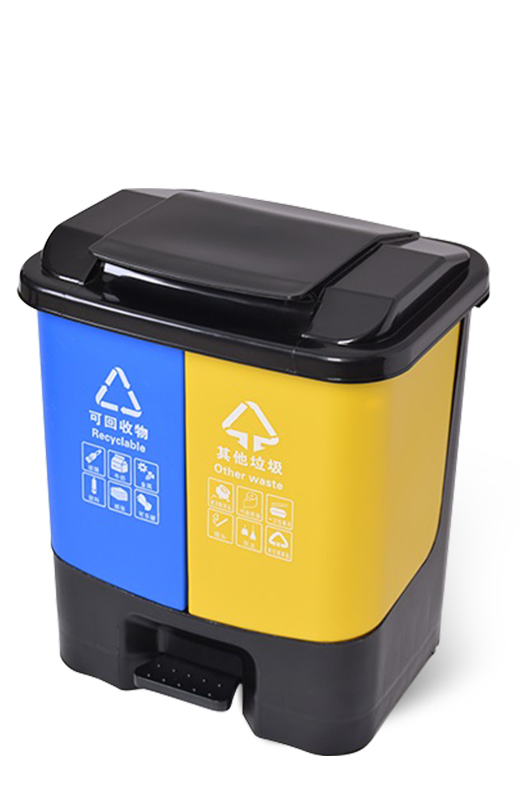

- SUPER EMPTY TRASH FOR MAC
- SUPER EMPTY TRASH MAC OS
- SUPER EMPTY TRASH MANUAL
- SUPER EMPTY TRASH DOWNLOAD
SUPER EMPTY TRASH MANUAL
Method 1: Remove apps using LaunchpadĪnother manual way to delete Super Empty Trash apps from your Mac is using the Launchpad. To completely uninstall a program on MacBook/iMac, you have to choose one of the options on below. Removing Super Empty Trash apps is more than just moving them to the Trash - it’s completely uninstalling them. When you’re done installing the application, it’s a good idea to unmount the DMG in Finder. But Applications is the most convenient place to put things, so we suggest you just put everything there.ĭMG files are mounted by your system, like a sort of virtual hard drive. Some people create a “Games” directory, to keep games separate from other applications. You don’t have to put your programs in the Applications folder, though: they’ll run from anywhere. Then you can feel free to delete the original DMG file: you don’t need it anymore.


When you’re done installing: just click the “Eject” arrow.And you’re done: the Super Empty Trash is now installed.Simply drag the application’s icon to your Applications folder.Often these will include the application itself, some form of arrow, and a shortcut to the Applications folder.Double-click the DMG file to open it, and you’ll see a Finder window.dmg installation file from the official link on above
SUPER EMPTY TRASH DOWNLOAD
First, download the Super Empty Trash. SUPER EMPTY TRASH FOR MAC
Like if you wanna download Super Empty Trash for mac from this page, you’ll directly get the.

SUPER EMPTY TRASH MAC OS
Most Mac OS applications downloaded from outside the App Store come inside a DMG file.
Rewritten as an Automator workflow under Mojave, is supposed to work up to Big Sur. Super Empty Trash for MAC Preview/caption] New Features This can be very useful in case of selective deletion or removable media (like flash drives). In case of multiple volumes the user is prompted in order to choose volume(s) to be considered. In order to do that the user has to be an Administrator, or at least provide administrative credentials. The icon in the dock is only a link (not really a shortcut, as there's no file like a shortcut in the Start menu or the Quick Launch bar, but it's not bad to think of the Dock icon as a "shortcut".)Īnd to answer your first question, this is a great place to come with questions.Super Empty Trash is a simple Automator workflow that will empty the Trash with administrator privileges. Insofar as the application "file" is concerned, there is only one copy of the application: the one in the /Applications folder. You can also eject from the commandline using diskutil if you really want. (from JoshHibschman in the comments below) Right-click (or control-click or two-finger-click) on the icon and select Eject. In any Finder window, press the Eject button next to the disk in the sidebar. Highlight the disk on the desktop and press Command-E. Highlight the disk on the desktop and select File > Eject in the Finder menu bar. The trash will turn into an eject icon while dragging. There are three four five good ways to do it: dmg file is the file where the data for the image is. The hard-drive looking thing on the desktop is a mounted disk image the. Anyone have suggestions for further things to try? same with running fsck_apfs -f /dev/rdisk1s1. Running fsck -f /dev/rdisk1s1 produces the same message. The volume /dev/rdisk1s1 could not be verified completely```ĭisabling SICP using csrutil disable and rebootingĮrror: container /dev/rdisk1 is mounted with write acessīut trying to umount /dev/rdisk1 tells me that /dev/rdisk1 is not currently mounted. This produces an error… Checking snapshot 1 of 2 (.115b2)Įrror: btn: invalid key order (1) oid 1742762 / oxid 0 / level 2 / flags 0x1 Running disk utility first aid after booting in recovery mode on the Macintosh HD – Data partition. looking for time machine snapshots that can be deleted, but there do not seem to be any ( tmutil listlocalsnapshots /System/Volumes/Data does not show any snapshots to remove). There's only a few 10s of megabytes free on the disk, but deleting files and emptying the trash doesn't change the amount of free space. I have a MacBook Air running macOS Catalina 10.15, upgraded from an older version.








 0 kommentar(er)
0 kommentar(er)
